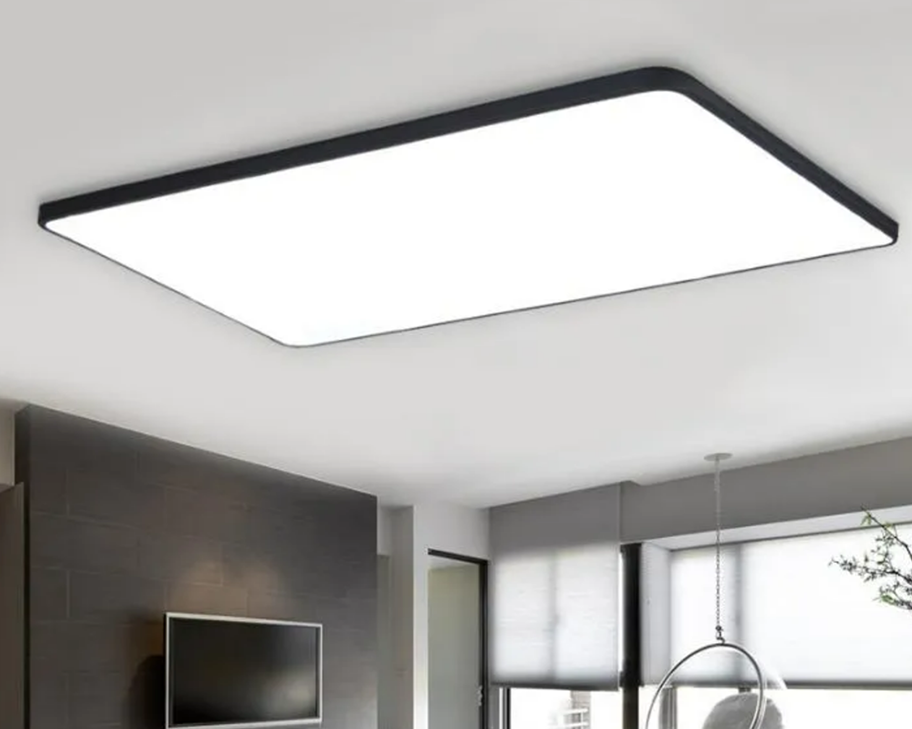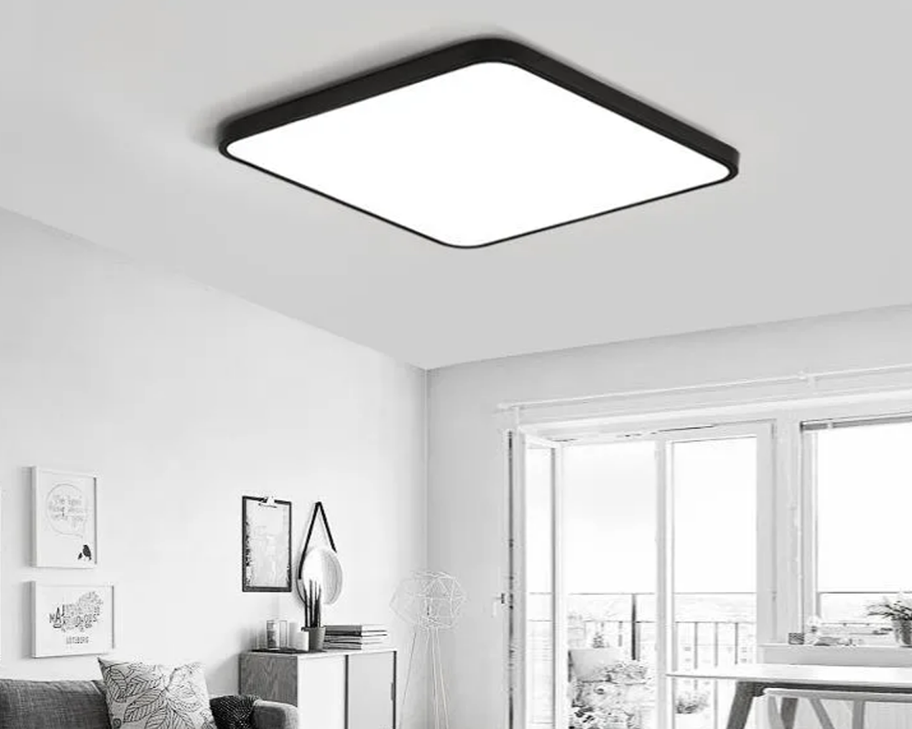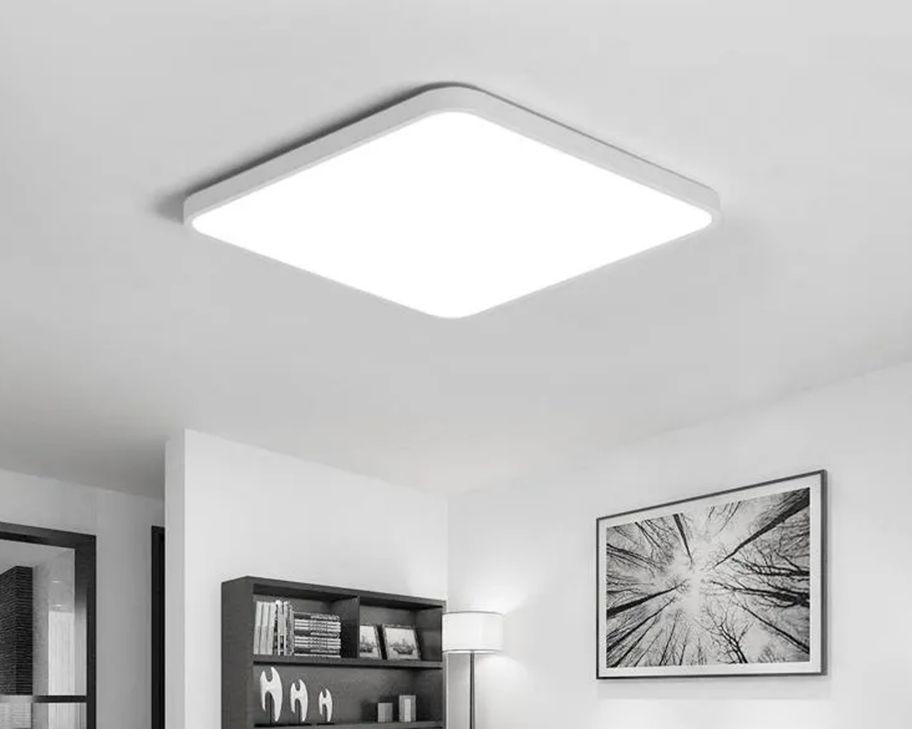In today’s competitive and eco-conscious market, lighting solutions are evolving rapidly to meet the demands of energy efficiency, design flexibility, and sustainability. Among the most prominent options, LED ceiling lights have established themselves as the premier choice for a variety of residential, commercial, and hospitality applications. Whether referred to as ceiling LED lights, modern LED ceiling lights, or LED lights for room ceilings, these luminaires offer unparalleled advantages that support both functional and aesthetic goals.

The Rise of LED Ceiling Lights in Modern Interiors
The transition from traditional lighting sources—such as incandescent, halogen, and fluorescent lamps—to LED technology has been driven by key performance benefits. LED ceiling lights, including LED kitchen ceiling lights and LED lights on ceiling fixtures, are now integral to intelligent, eco-friendly, and cost-effective lighting solutions worldwide.

Key Advantages of LED Ceiling Lights
1. Energy Efficiency and Cost Savings
LED ceiling lights are renowned for their high energy efficiency. Featuring advanced semiconductor technology, they consume significantly less power while delivering equivalent or superior brightness levels. For example, LED pendant ceiling lights or embedded LED ceiling lights reduce electricity bills and operational costs substantially, making them attractive for commercial installations and large-scale projects.
2. Long Lifespan and Reduced Maintenance
One of the primary selling points of LED ceiling lights is their durability and longevity. Typically rated for over 25,000 hours of continuous operation, these fixtures significantly outlast traditional options. This translates into less frequent replacements, lower maintenance costs, and increased overall reliability, especially vital for commercial and public environments.
3. Superior Light Quality and Versatility
LED lights offer excellent color rendering (CRI), enabling spaces to appear vibrant and true to life. With options such as warm white, natural white, or cool white, and features like adjustable brightness or color temperature, modern LED ceiling lights — including kitchen ceiling lights LED — can be customized to suit various atmospheres and functional requirements.
4. Design Flexibility and Aesthetic Appeal
The compact size of LEDs permits innovative design possibilities—from sleek, flush-mounted ceiling luminaires to geometric and suspended fixtures. Whether for residential rooms or high-end commercial spaces, LED ceiling lights provide a clean, modern look that enhances interior aesthetics.
5. Compatibility with Smart Technology
Integrating smart controls—dimming, color adjustment, scheduling—into LED ceiling lights enables intelligent lighting management. IoT-enabled solutions facilitate energy savings and personalized comfort in homes and workplaces.

Market Trends and Industry Insights
The global LED lighting market continues to expand, with a compound annual growth rate (CAGR) of approximately 20% forecasted through the next decade. Key drivers include increasing governmental standards for energy conservation, rising awareness of environmental issues, and the demand for innovative lighting designs.
Government policies and regulatory standards are promoting the adoption of LED ceiling lights, especially in urban development projects and commercial renovations. Additionally, technological advancements such as improved thermal dissipation and modular design solutions are pushing the boundaries of LED ceiling light performance.
Emerging trends involve smart lighting systems—integrating wireless control and automation—further elevating the functionality of ceiling LED lights. The development of OLEDs and miniature LED modules is also expanding the design possibilities, allowing for ultra-thin, diffuse, or customizable lighting arrangements.


